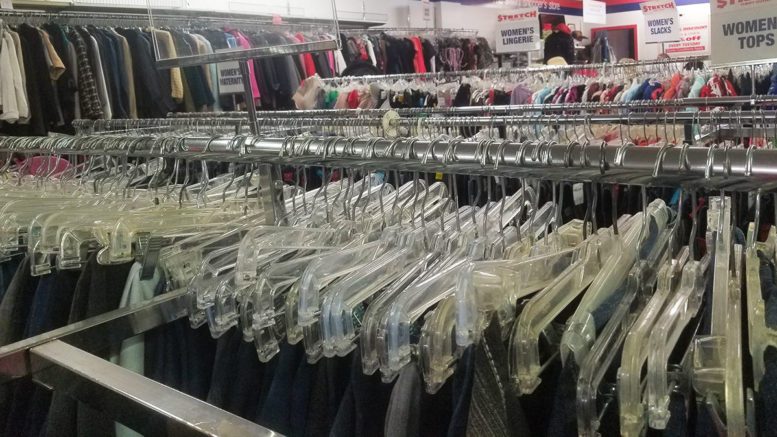So far in 2020, Toronto remains Canada’s most expensive city to live in. Community thrift stores present a solution to this issue by offering used clothing items at discounted prices.
According to Statistics Canada, the average Canadian family spends about $3,400 a year on clothing.
Community thrift stores may present a solution to this issue by offering used clothing items at discounted prices.

The stores attract many customers from diverse backgrounds. A common goal of many shoppers is to save money and find a new style.
“There is a very nice selection of vintage clothes from the ’80s, ’60s, ’90s,” customer Pedro Portela said, when describing his thrift shopping habits.
Portela treats thrift shopping as both an art and a creative way of saving money. With a limited income, he has a small budget for clothing, he said.
“It is a good way to save your money and recycle — the environment also thanks you for that,” Portela said.
Every item bought is a potential reinvestment back into the local community and economy of Toronto.
“We do support local charities — it goes a little bit further than someone coming in and buying something and finding a good price,” said Stretch Thrift Store partner manager David Mendonca.
Mendonca says he tries to find the best available deal for each customer. If customers don’t find what they’re looking for, he’ll refers them to other thrift stores in the community.
The Salvation Army donated $6 million in clothing and household items in 2017 according to their annual report. The Salvation Army has over 108 thrift stores across Canada.
Many thrift stores in Toronto rely on donated items from customers and organizations. Some stores would not be able to provide service without donations.
However, some people remain hesitant to shop at thrift stores due to potential issues with store items.
According to Mendonca, a common stigma thrifts stores face is the perception that secondhand clothing is substandard. Another potential issue stores face is properly sorting clothing. Items that are soiled or ripped are put aside, as the clothing is considered unsellable.
Another common issue is the lack of access to thrift across the city. Some Toronto neighbourhoods don’t have thrift stores. This makes it impossible for some residents to access due to transportation issues.

